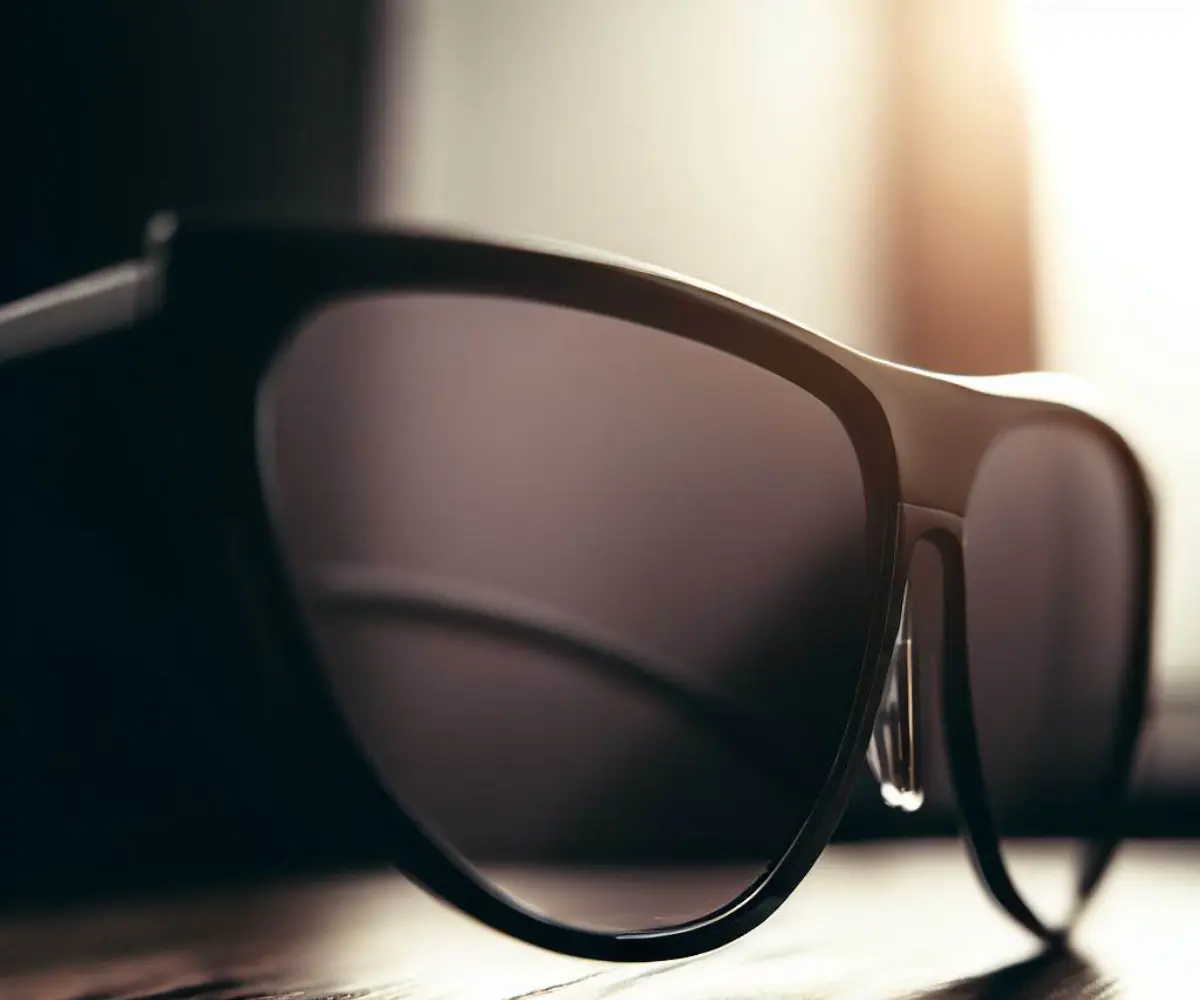How dark is 80% tint sunglasses? It’s a common question if you’re trying to choose the right level of shade for your eyes. The tint percentage refers to how much visible light is blocked by the lenses. But what exactly can you expect with 80% tinted shades?
In this article, we’ll explore what that percentage means in reality, compare 80% tint to other levels, and cover some recommended uses. You’ll get a sense of just how dark sunglasses with an 80% tint will look and feel.
So for Quick explanation, How Dark is 80% Tint Sunglasses?
Sunglasses with 80% tint block a significant amount of light and provide ample protection for your eyes. But what exactly does 80% tint mean and how dark are these shades compared to other levels?
Let’s explore the details.
Understanding Tint Percentages
Topics Covered In This Article
The tint percentage refers to the amount of visible light able to pass through the lens. For example:
- 80% tint blocks 80% of light and allows 20% transmission
- 50% tint blocks 50% of light and allows 50% transmission
- 15% tint only blocks 15% of light and allows 85% transmission
So the higher the percentage, the darker the tint and the more light that is filtered out.
How Dark is 80% Tint Sunglasses
With 80% tint, only 20% of visible light gets through the lenses, making them appear quite dark. Here’s what you can expect:
- Greatly reduced brightness and glare, will feel dark even in full sun.
- Very noticeable tint color like grey, brown, or green. World looks distorted.
- Difficulty seeing indoors or at night. Taking them off is a big change.
- Enhanced contrast in bright light but reduced visibility overall.
- Strong UV protection but not 100% blockage.
80% tint is classified as “Full Tint” and corresponds to European Category 3 standards for sunglasses.
Comparing 80% Tint to Other Levels
- 15% tint is light, minimal effect or eye protection.
- 30% tint is medium light, some UV protection.
- 50% tint is medium, balances indoor/outdoor use.
- 65% tint is medium-full, recommended for driving.
- 90-100% tint is extremely dark with very limited vision.
- So 80% provides substantial shade while allowing some light perception, unlike the most extreme tints.
Ideal Uses for 80% Tint
Recommended situations for 80% tinted sunglasses:
- Driving, especially long distances in bright sun.
- Playing sports like tennis or skiing with sun glare.
- Boating or fishing where sunlight reflects off the water.
- Deserts or beaches with extended UV exposure.
- Avoid low light indoor use or night driving with such dark lenses.
FAQs
What is the best tint for shade to sunglasses?
The ideal tint depends on how you’ll use them, but a 50-80% medium to dark tint works well to reduce glare and brightness without overly limiting visibility.
How much tint should sunglasses have?
For good glare protection with versatility, aim for a 30-65% light to medium-dark tint range. Extreme tints over 80% are very dark and only for special uses.
What percentage tint are most sunglasses?
Many popular fashion sunglasses have a light 15-30% tint mainly for appearance rather than function. For performance, 50% is a common medium tint.
What is the most popular sunglasses tint?
Grey and brown tints in the 30-50% range are likely the most popular for balancing aesthetic, UV protection, and visibility.
What percent tint is good for sunglasses?
A 30-50% tint offers adequate shade from sunlight while still allowing comfortable visibility, making it a good all-purpose tint range.
Conclusion: How dark is 80% tint sunglasses
How dark is 80% tint sunglasses? As we’ve discussed, they block a whopping 80% of incoming light thanks to that heavy tint. This results in lenses that are dark even in bright sun, providing serious glare reduction but also substantially limiting your visibility.
Now that you know what 80% tint equates to in terms of light blockage and darkness, you can determine if this level of shade suits your needs. Consider lighter or darker tints depending on your activities and sensitivity. With the right sunglasses, you can stay comfortably protected in the brightest conditions!
Also Read:
Best Sunglasses for Women’s Face Shapes
Best Sunglasses for Beach Volleyball
How To Remove Scratches from Sunglasses
3 Ways to Find Your Sunglasses Size

Walter Hendricks is a well-known authority in the eyewear industry, specializing in a diverse range of products such as gaming glasses, swimming goggles, sunglasses, eyeglasses, computer glasses, and fashionable daily-wear eyewear.
Hendricks believes in empowering his readers with in-depth information to help them choose the right glasses that blend functionality and fashion, catering to their unique lifestyle requirements.
His comprehensive reviews and informative articles provide clear insights on everything from cutting-edge gaming glasses to the latest trends in eyewear fashion. Through his work, Hendricks has proven his dedication to helping consumers make informed eyewear decisions that support both their visual needs and style preferences.

